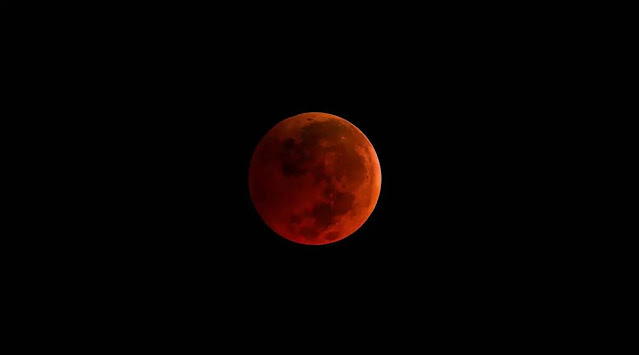Following the first partial solar eclipse of the year, we are now approaching the first lunar eclipse of 2022. This lunar eclipse will be seen from all across the world. The eclipse will take place on May 15 and 16, this year, and will also be a 'Supermoon,' with the moon seeming larger and turning a reddish colour. A 'Supermoon' is a full moon that seems to be larger than usual. Here's all you need to know about the lunar eclipse before it happens.
When will the eclipse take place, and where will it be visible?
The first lunar eclipse of 2022 will take place this weekend, on May 15 and 16. According to Indian time, the eclipse will begin at 7:02 a.m. IST on May 16 and will conclude at 12:20 p.m. The lunar eclipse, however, will not be seen in India. According to NASA, the eastern half of the United States and all of South America will be able to watch the entire lunar eclipse. According to the US space agency, totality will be visible in much of Africa, western Europe, Central and South America, and much of North America.
How do I view the lunar eclipse?
If you are unable to view the eclipse from your location for whatever reason, you may watch it live on the NASA website. NASA will also webcast the event live on its social media sites and the official YouTube channel.
Additional information
A lunar eclipse occurs when the moon and the Sun are on opposite sides of the Earth, blocking all sunlight from reaching the moon. This year's lunar eclipse will also result in what is known as the 'Blood Moon' phenomenon. A crimson tinge is evident on the moon's surface during a Blood Moon, giving it a distinct look. The reddish tinge is caused by 'Rayleigh scattering,' which occurs when the Earth's atmosphere scatters sunlight during the eclipse, allowing only red light with a longer wavelength to reach the moon.
The more dust or clouds in Earth's atmosphere during the eclipse, the redder the Moon will seem, according to NASA. The first of two lunar eclipses scheduled for this year will occur on May 16. The second will be held on November 8th.






0 Comments